Amoeboid cell microtransporters carry microcargo in an independent, self-organized fashion.


Amoeboid cell microtransporters carry microcargo in an independent, self-organized fashion.
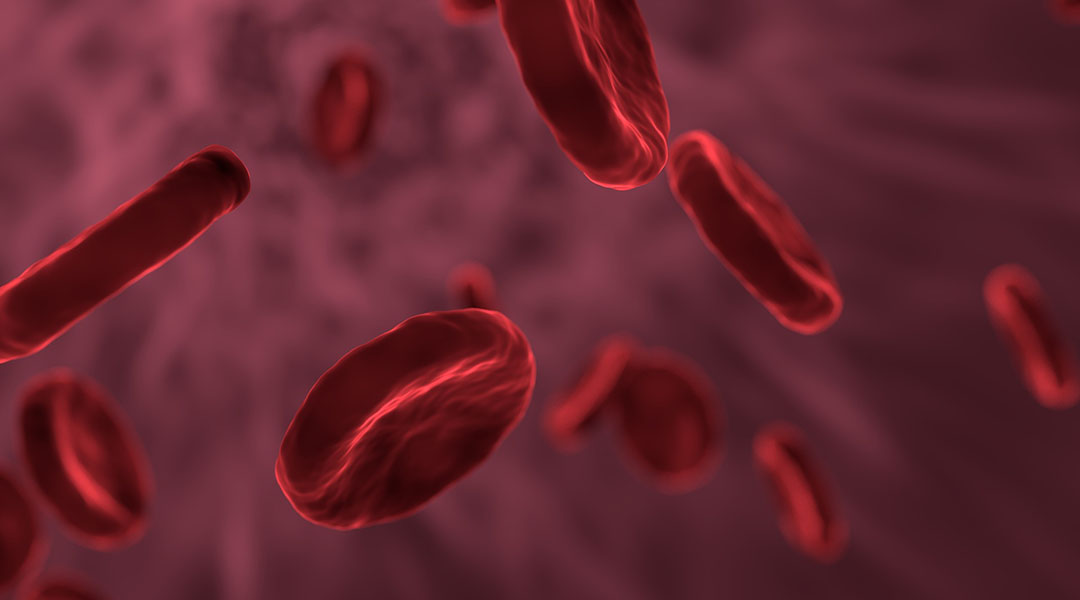
Multifunctional polylactide stomatocytes are engineered to mimic red blood cells.
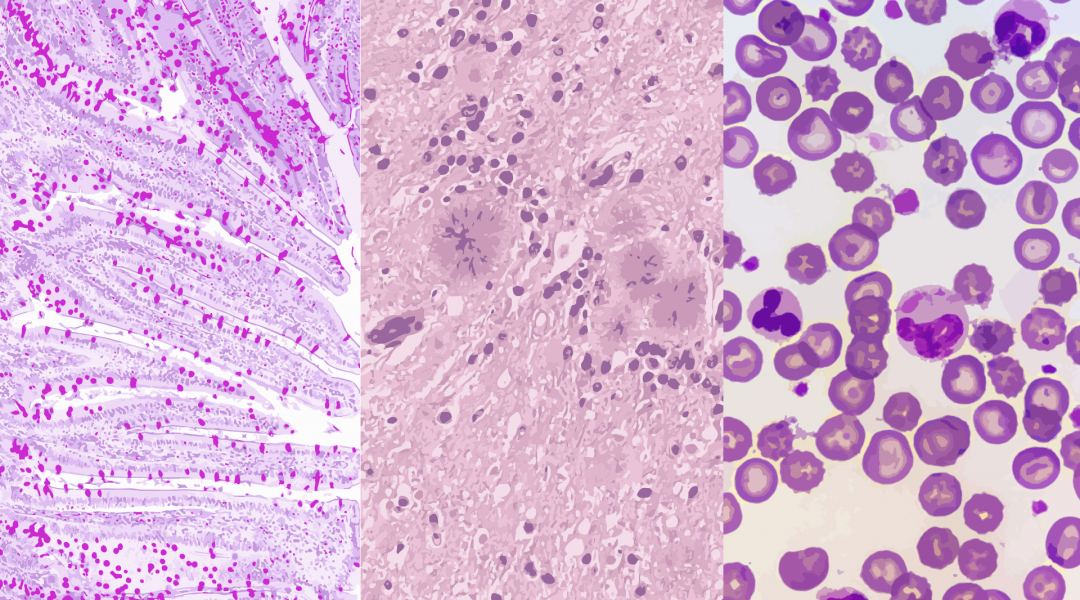
All organisms are subject to large amounts of genetic and environmental variation and have evolved mechanisms that allow them to function well in spite of these challenges. This property is generally referred to as robustness.

In their review published in BioEssays, Arnaud Gautier and Alison Tebo discuss new labeling protocols, actuation methods and biosensors based on fluorogenic protein systems.

A review of optogenetically engineered cells and their applications.
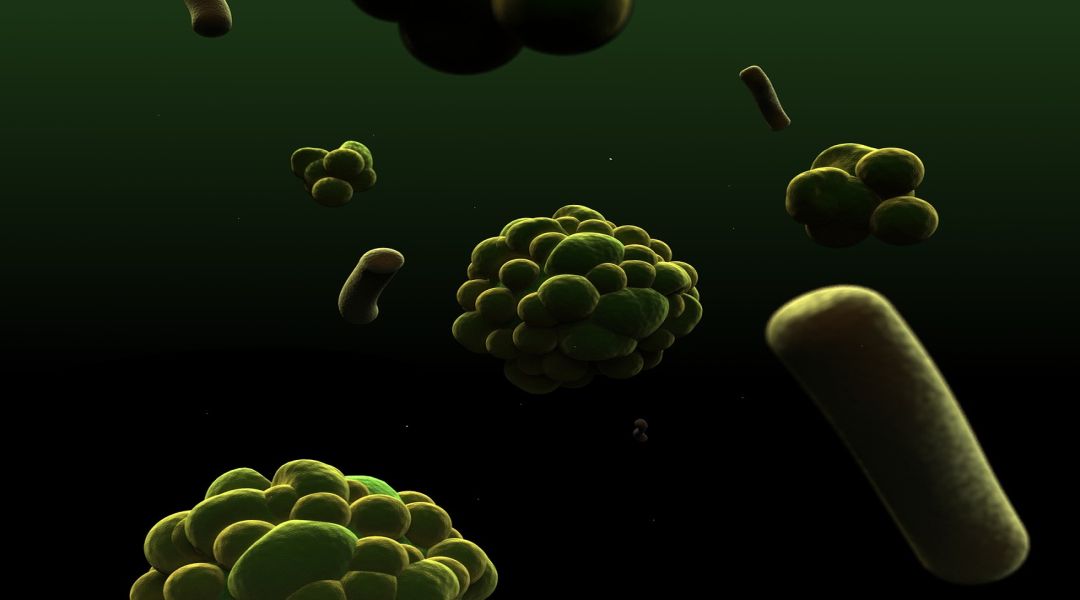
PISA allows for the complete synthesis of chemical systems without using biochemistry.
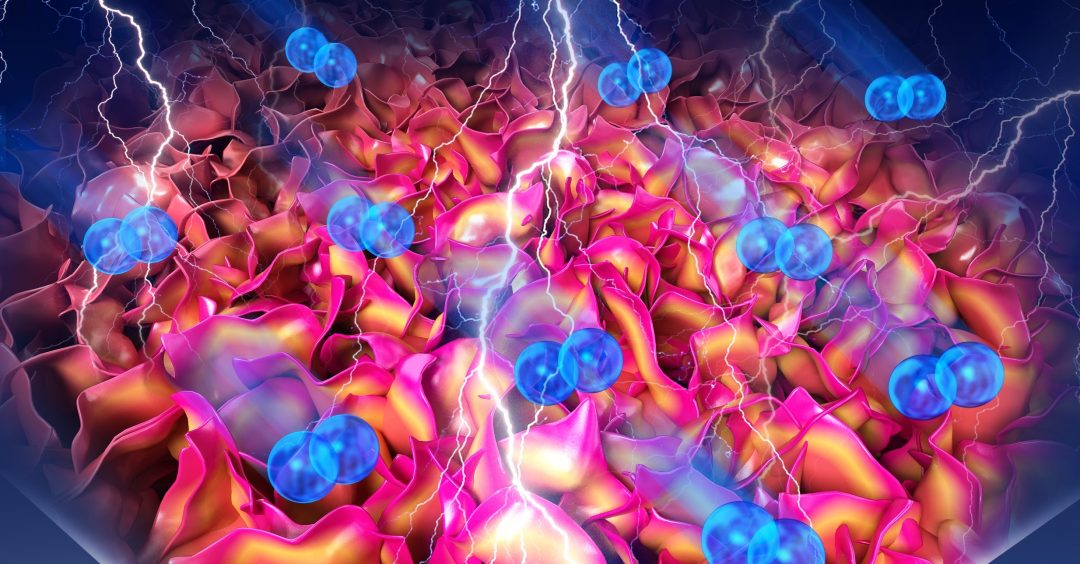
Protonic ceramic fuel cells operate in an intermediate temperature range (300–600 °C), avoiding the problems faced by other fuel cell types. Enhanced peak power densities have now been generated using a microstructured anode and a very thin electrolyte.

Quantitative systems modeling aims to integrate knowledge in different research areas with models describing biological mechanisms and dynamics to gain a better understanding of complex clinical syndromes.
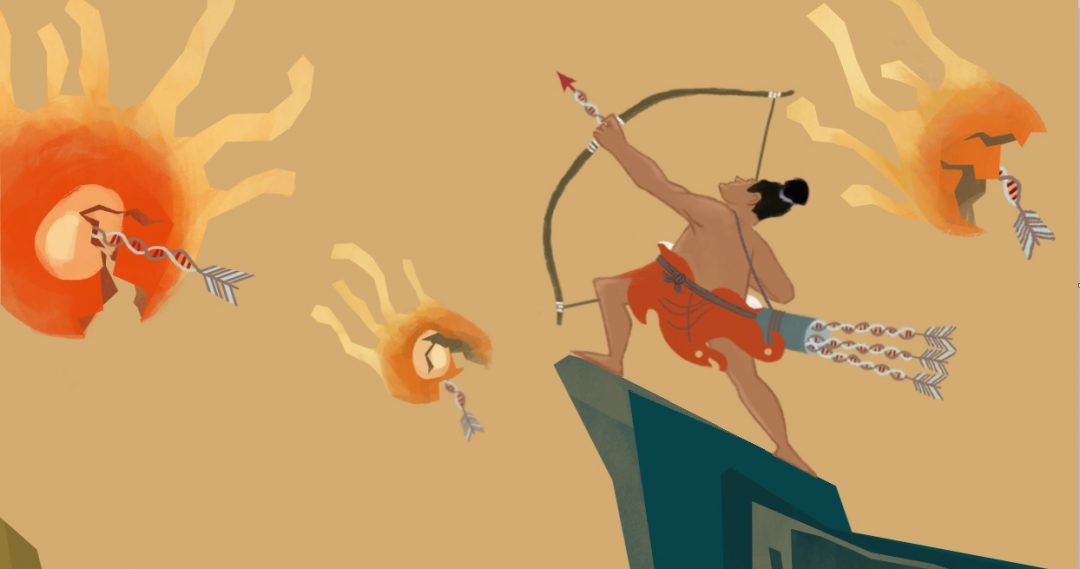
Targeted viral-based gene therapies come with their own risks. A new gene delivery system mimics viral therapies to infect cancer cells with vesicular stomatitis virus matrix protein, with a similar transfection efficiency as the virus itself.

Mohammad Soheilypour and Mohammad Mofrad discuss a technique termed ‘agent-based modeling’ that is used in systems biology.